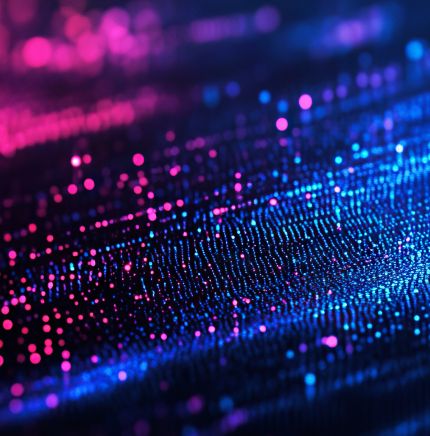

News
Indian lifesciences eye VR and MR to spur drug development, interactive patient care
Date: Aug 02 2024
Publication: Pharmabiz.com
India’s lifesciences sector covering pharma, healthcare and medical devices maintain that integration of virtual reality and mixed reality (VR & MR) holds promising prospects for the future as it improves research of new molecules.
In medical devices, AR and MR engage medical experts simulate clinical scenarios. For medical education too, these technologies engage students to understand the human anatomy and practice procedures bringing about impactful learning outcomes.
Kaushik Pal, head of Systems Integration Services, Business Unit, Tata Elxsi, said, “India is becoming an engineering hub for the entire world. The country is a hub of talent and know-how of best practices”.
There are multiple applications of VR and MR in pharma and healthcare, especially hospitalization. It can create immersive 3D models of molecular structures, allowing researchers to explore and manipulate these models in a virtual environment. This helps in understanding molecular interactions and aids in drug design. In the engineering of medical devices, it can streamline design processes, enhance collaboration, and accelerate prototyping and testing, he added.
During a disease outbreak or public health emergency, the rapid development and deployment of key medical devices and tools are crucial. VR and MR can play a significant role in accelerating this process, particularly in designing, prototyping, and training, Pal told Pharmabiz.
In a hospital or remote and home healthcare setting, AR and MR are seen to majorly make patient care accurate as it chips in interactive ways on treatment plans, and post-care procedures, enhancing adherence, he said.
Surgeons use these technologies for simulation of complex interventions along with robotic techniques. Even in healthcare workforce training spanning from nursing to paramedics among others including mental healthcare interventions AR and MR are a requisite. For instance, in the treatment of very specific diseases like fear of heights and spiders, AR and MR recreate some of these environments to help the patients to deal with these fears in a proactive manner. Even training of family members to take care of their dementia patient, VR and MR are invaluable. Therefore, we are just scratching the surface of what these technologies can achieve, said Pal.
Tata Elxsi has an advantage in AR an MR because the company has been working in these areas for over two decades. It has seen the technology come up the full cycle, from being applied in basic use to complex cases. We are engaged in engineering R&D not just for the domestic OEMs (original equipment manufacturers) but are actually operating large global engineering centres for a lot of the multinational OEMs, from India, he said.
With realistic simulation enabling complex design reviews, no doubt AR and MR are undergoing an evolution. Earlier, this was a constraint because of limited computing power. Now design reviews are in real-time. India is major adopter of AR and MR especially post-Covid. Therefore for Tata Elxsi this is one of the key new pillars of business and for driving growth, said Pal.






